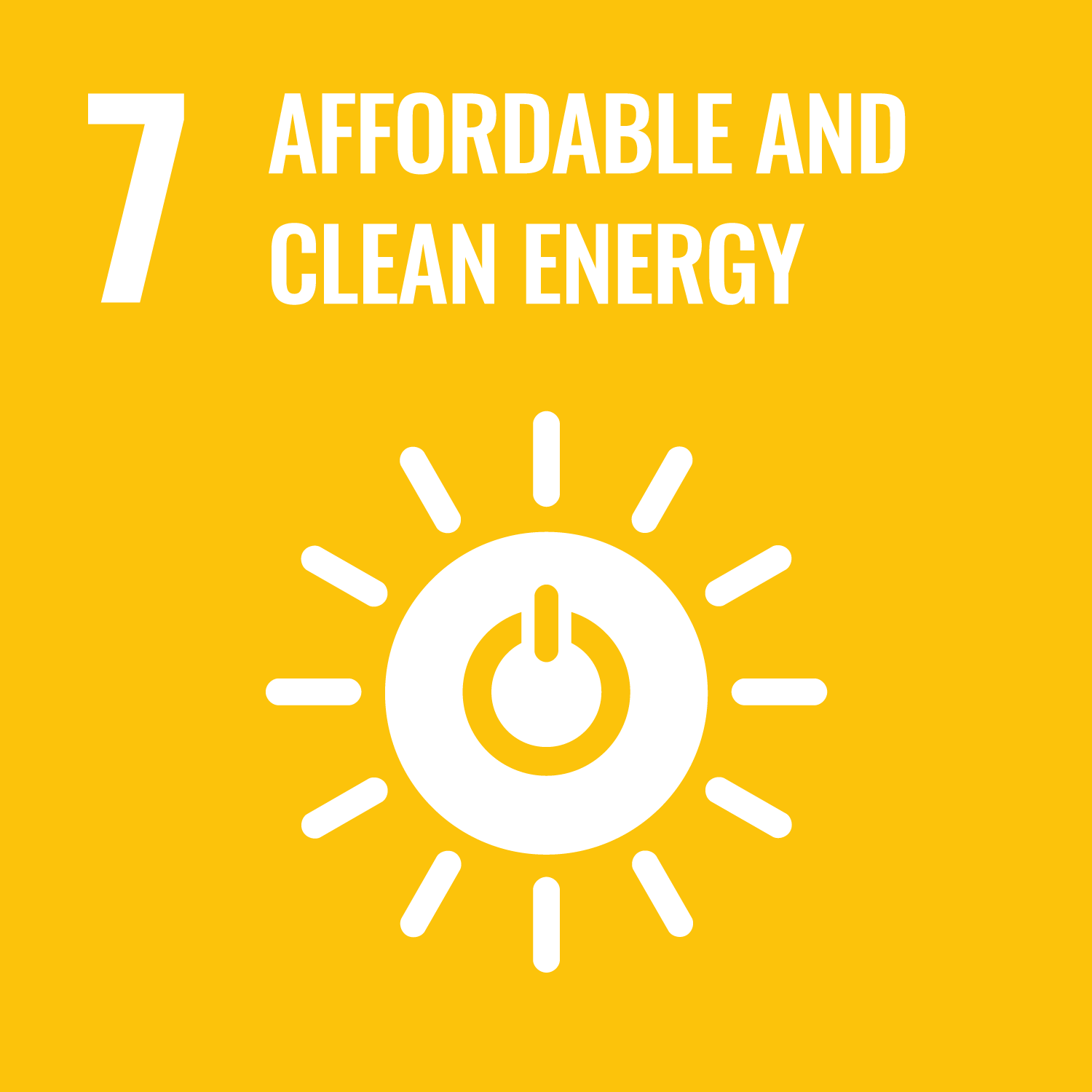Barr, A.D. orcid.org/0000-0002-8240-6412, Tyas, A. orcid.org/0000-0001-6078-5215, Farrimond, D.G. orcid.org/0000-0002-9440-4369 et al. (5 more authors) (2025) Fast-running thermochemical predictions of quasi-static pressure for confined detonations of plasticised high explosives. Process Safety and Environmental Protection, 202 (Part B). 107678. ISSN: 0957-5820
Abstract
When explosives detonate in a confined space, repeated reflections of the initial shockwave lead to the development of a long-term quasi-static pressure (QSP), which can cause severe structural damage and loss of life. Mixing of the detonation products with an oxygen-rich atmosphere results in additional energy release through ‘afterburn’ reactions, which further increase this pressure. Government agencies tasked with protecting the public from explosive threats require tools that can quickly assess the risk posed by QSP for a range of possible scenarios. Existing empirical relationships for TNT offer rapid calculation, but have not been validated against other explosive types. Conversely, specialised CFD and thermochemical codes can accurately predict QSP development for many explosives, but are computationally expensive. Here we develop a fast-running thermochemical model for the confined detonation of RDX- and PETN-based plastic explosives. Using simplified detonation and combustion reactions for the explosive and binder, we calculate the resulting internal energy change in the chamber atmosphere, and hence the QSP. The resulting predictions are within 3% of experimental values for both oxygenated and inert atmospheres, indicating that the contributions of detonation and afterburn to the energy release are reliably modelled. The thermochemical model is provided as a Python script which can be readily adapted for other explosives and atmospheric conditions.
Metadata
| Item Type: | Article |
|---|---|
| Authors/Creators: |
|
| Copyright, Publisher and Additional Information: | © 2025 The Authors. Except as otherwise noted, this author-accepted version of a journal article published in Process Safety and Environmental Protection is made available via the University of Sheffield Research Publications and Copyright Policy under the terms of the Creative Commons Attribution 4.0 International License (CC-BY 4.0), which permits unrestricted use, distribution and reproduction in any medium, provided the original work is properly cited. To view a copy of this licence, visit http://creativecommons.org/licenses/by/4.0/ |
| Keywords: | confined explosions; quasi-static pressure; thermochemical modelling; afterburn; plastic explosives; fast-running models |
| Dates: |
|
| Institution: | The University of Sheffield |
| Academic Units: | The University of Sheffield > Faculty of Engineering (Sheffield) > School of Mechanical, Aerospace and Civil Engineering |
| Funding Information: | Funder Grant number ENGINEERING AND PHYSICAL SCIENCE RESEARCH COUNCIL EP/R045240/1 |
| Date Deposited: | 10 Sep 2025 12:00 |
| Last Modified: | 26 Nov 2025 10:29 |
| Status: | Published |
| Publisher: | Elsevier BV |
| Refereed: | Yes |
| Identification Number: | 10.1016/j.psep.2025.107678 |
| Sustainable Development Goals: | |
| Open Archives Initiative ID (OAI ID): | oai:eprints.whiterose.ac.uk:231418 |


 CORE (COnnecting REpositories)
CORE (COnnecting REpositories) CORE (COnnecting REpositories)
CORE (COnnecting REpositories)